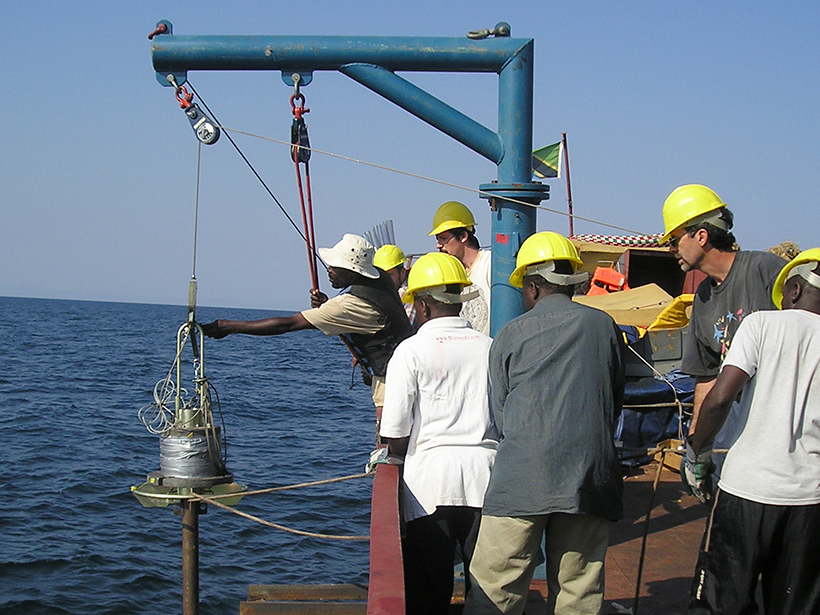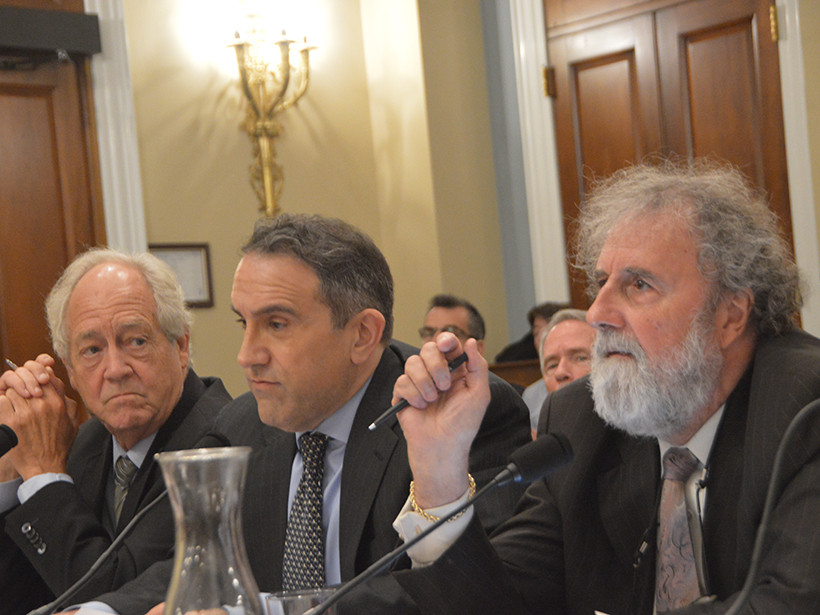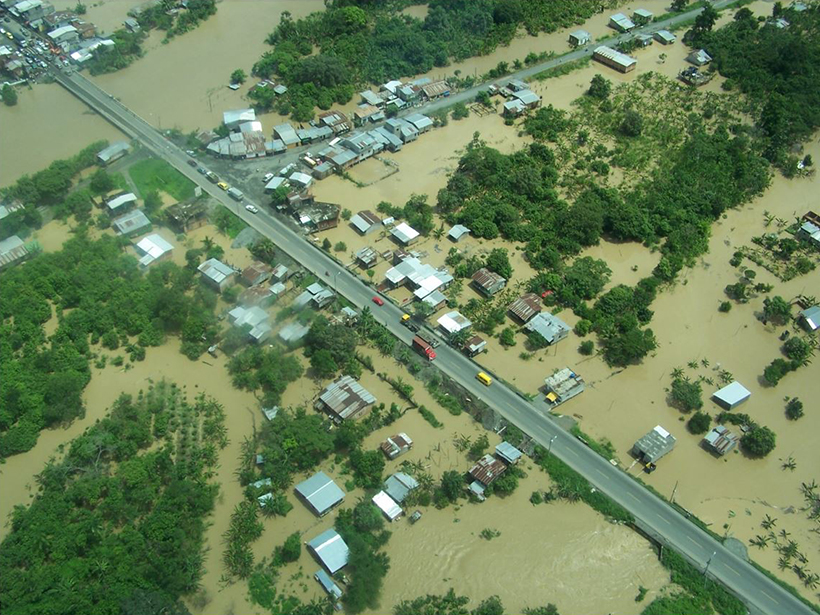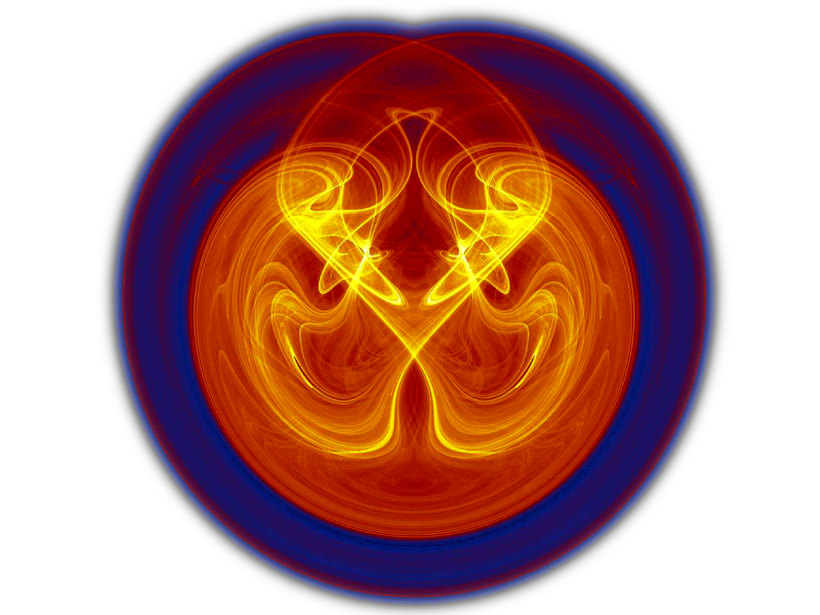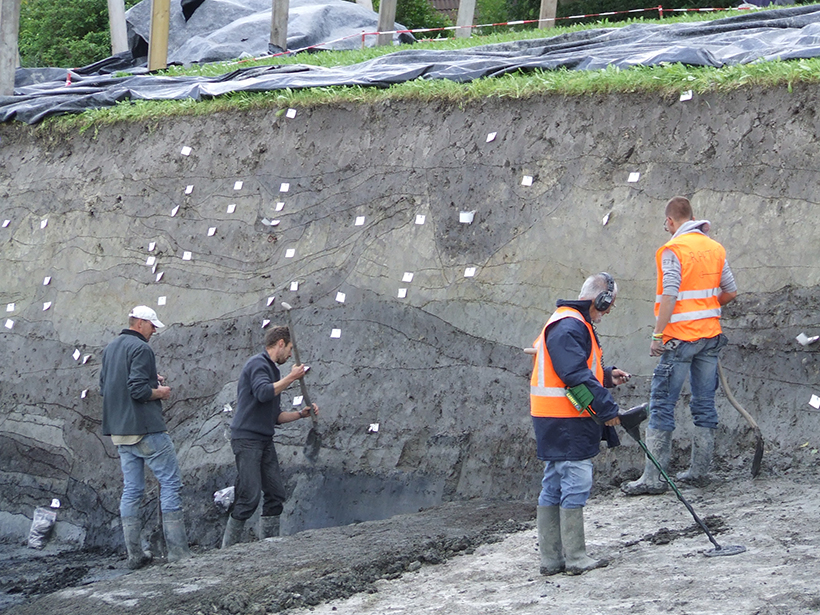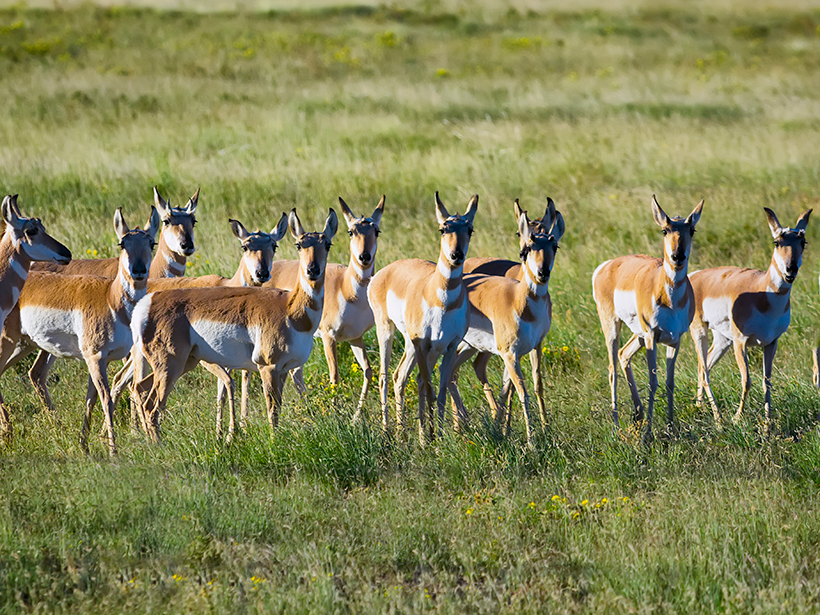A new model will help climate models better interpret paleoclimate reconstructions derived from lake sediment and could improve predictions of future climatic conditions.
Climate Change
Congress Hears Biodiversity Warning During a Charged Hearing
At a testy congressional hearing, leading experts confronted attacks on the science.
Understanding ENSO in a Changing Climate
Centre for Southern Hemisphere Oceans Research (CSHOR) ENSO Science Symposium; Hobart, Tasmania, Australia, 29–31 January 2019
Celebrating a Century of Nonlinearity Across the Geosciences
Nonlinear concepts have evolved and become increasingly applicable to a wide range of geoscience inquiries, thus setting the stage for exciting new advances during AGU’s next 100 years.
Historic Solutions to Sea Level Rise May Help Modern Communities
Earthen mounds helped ancient Dutch settlers thrive in coastal flood zones. Could historical engineering help us fight against rising seas?
Farm Ponds Sequester Greenhouse Gases
Despite runoff from nitrogen-rich fertilizer, agricultural ponds act as powerful sinks for nitrous oxide.
Bill Would Create a Wildlife Corridors System to Protect Species
In the wake of a recent United Nations report about threats to biodiversity, congressional legislation aims to protect wildlife that faces habitat loss, degradation, and fragmentation.
How Will the Jet Stream Respond to Future Warming?
Simulations that test different approaches to modeling radiation suggest a commonly used scheme fails to fully capture changes in midlatitude circulation associated with climate change.
Did a Volcanic Eruption in 1783 Change the Climate in Europe?
A new model of the Laki eruption in Iceland suggests that normal climate variability was to blame for the anomalously warm summer.
Leaping Global Temperatures Make Frog Disease Deadlier
Climate change will shift the warmest months, when disease rates spike, into tadpole season, which could endanger the long-term survival of common frogs.

